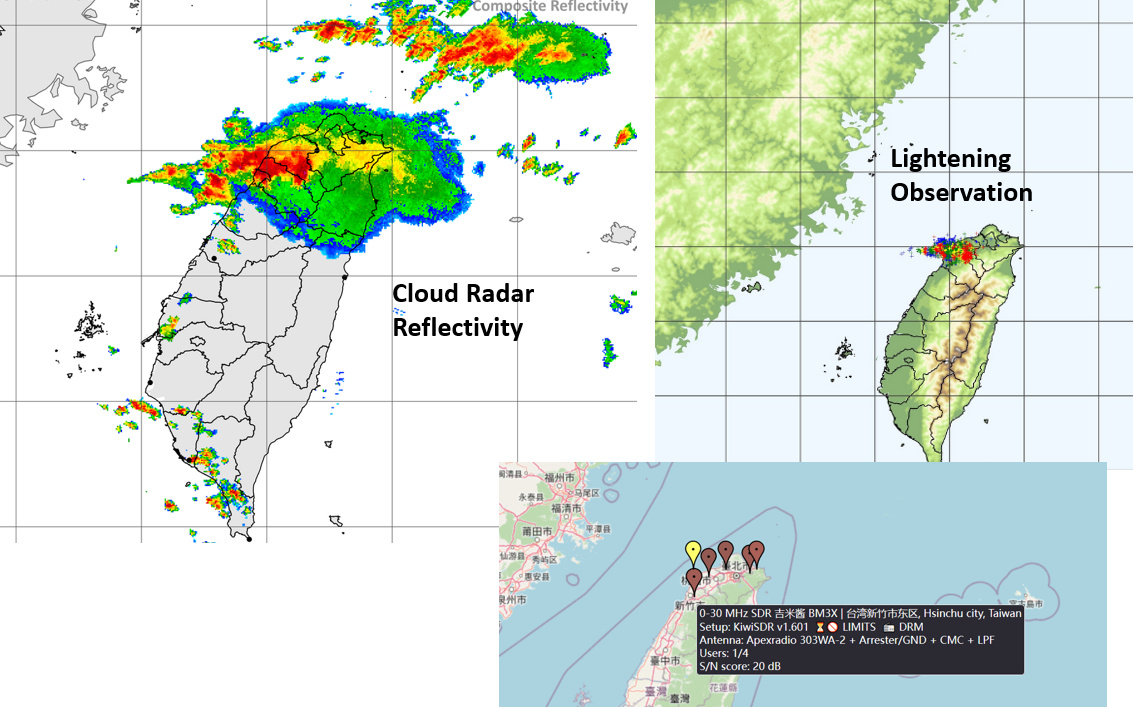You can do nothing about some RFI, such as thunderstorm lightning
My area was hit by a massive thunderstorm and lightning last night.
It is a good opportunity to observe the interference of lightning on KiwiSDR.
I recorded the state of the spectrum accompanied by the lightning burst, images captured within 5 minutes, for your reference.
The results showed that, lightning interferes much more with MW than with high frequency SW at the KiwiSDR.
There is no way to protect against this sort of random interference, the only thing for us to do is to take good lightning protection for the antenna and cables/devices.



Comments
Reducing the AGC decay to minimum can help mitigate the effects of the crashes. It will not remove the crash but will reduce the "deaf time" that follows.
The majority of lightning that is heard on the lower frequency bands is generated by the cloud to ground stroke and associated discharges. These typically peak at around 9kHz and this is that is detected and located by the various lightning mapping networks and applications.
Inter-cloud discharges are much weaker and these are usually heard on much higher frequencies, often stretching right up in to the VHF region.
The main problem for the KiWi is that the lightning energy is coherent, so all of the discharge that is detected within the total 30MHz bandwidth of the receiver adds together, and this can easily cause an ADC overload, which may obfuscate what is being seen on the waterfall.
Regards,
Martin
thank two guru's comments 😀
Without the RFI from atmosphere it truly became much "quiet" tonight.